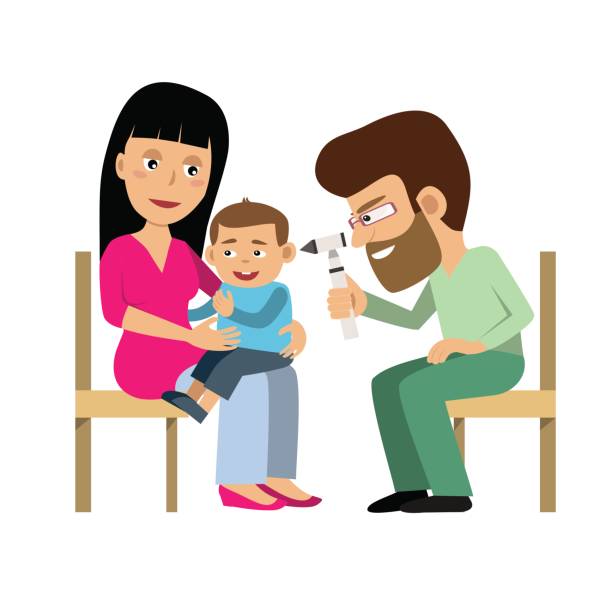Assistive Tech for Hearing Loss – What Options Are Available Today?

By Jennifer Davies for Westminster Technologies
Did you know that more than 34 million children worldwide have hearing loss? It’s true, and while rates are lower in the U.S. we still see about 2 to 3 out of every 1,000 children born with some form of hearing loss in either one or both ears. In many cases, this can affect learning, social development, and even emotional stability as children struggle to communicate with peers, friends, and family.
Fortunately, there are plenty of ways to combat the problem today. Let’s take a quick look at some of the assistive technologies that are available for hearing loss.
Hearing Aids
The first step when it becomes apparent that a child is experiencing hearing loss is often to invest in hearing aids. These devices are available in various forms for kids, like BTE (Behind-The-Ear), RITE (Receiver-in-the-Ear), and these days even BCHD (Bone Conduction Hearing Device). The devices differ in how hearing is received and how the tech is fitted, and it is best to go over options with a relevant doctor, and see what the child in question is most comfortable with.
Hearing Aid-Compatible Mobile Phones
Three are both Android and iPhone mobile devices that are now compatible with hearing aids via Bluetooth. This allows for a range of benefits, but most importantly it makes it easier to adjust settings and preferences. Rather than having to remove and/or adjust a hearing aid manually, the wearer can simply use a smartphone to change volume, adjust connectivity, and so on. Granted, younger children won’t have phones with which to pair their devices –– but in some cases even parents or teachers may find it easier to help children wearing hearing aids if they, the parents or teachers, can help with adjustments.
Cochlear Implants
Cochlear implants are sometimes seen as more intensive alternatives to “ordinary” hearing aids. They are essentially implanted electrodes that stimulate hearing nerves within the ears, and as one thorough guide to hearing loss treatments explains, they are typically considered where more severe hearing loss is concerned. As such, the use of cochlear implants should be discussed with ENTs and/or audiologists at length in advance. Ultimately though, these options represent impressive technology that can result in improvements for children with particularly limited hearing.
Communication Access Realtime Translation (CART) and Captioning
Both captions and CART are written forms of what’s being said and what noises are being heard during, say, a presentation in class or even a TV show. Captions are normally found on recorded or live programs and appear at the bottom of the screen. CART shows up on a display set up for a particular occasion. You’ll normally see the latter in classes, in church services, or even at some presentations (though your kids don’t have to worry about these!) Both technologies provide much-needed access to visual and audio materials for kids who are old enough to be able to read.
Alerting Devices
Hearing isn’t just about being able to interact in a conversation or know what someone is saying –– it also has to do with audible cues that happen around you. A doorbell, a car horn, or a ringing phone, for instance, will generally go unnoticed by someone with hearing loss. The solution to this problem is an alerting device. These come in the form of flashing lights and/or vibrating devices that can be connected to all sorts of things and for all different purposes. Whether that means a vibrating alarm clock that wakes a child up in time for school or a flashing fire alarm that keeps a hearing-impaired child aware in an emergency, it’s an incredibly important technology.
Regardless of the tech you choose to embrace, it’s also important to approach its use the right way with the child. As we’ve mentioned in the past with regard to assistive tech use, kids are more willing to try these solutions if they genuinely understand how doing so will help them. Lend them that understanding, and they’ll be all the better for it.

